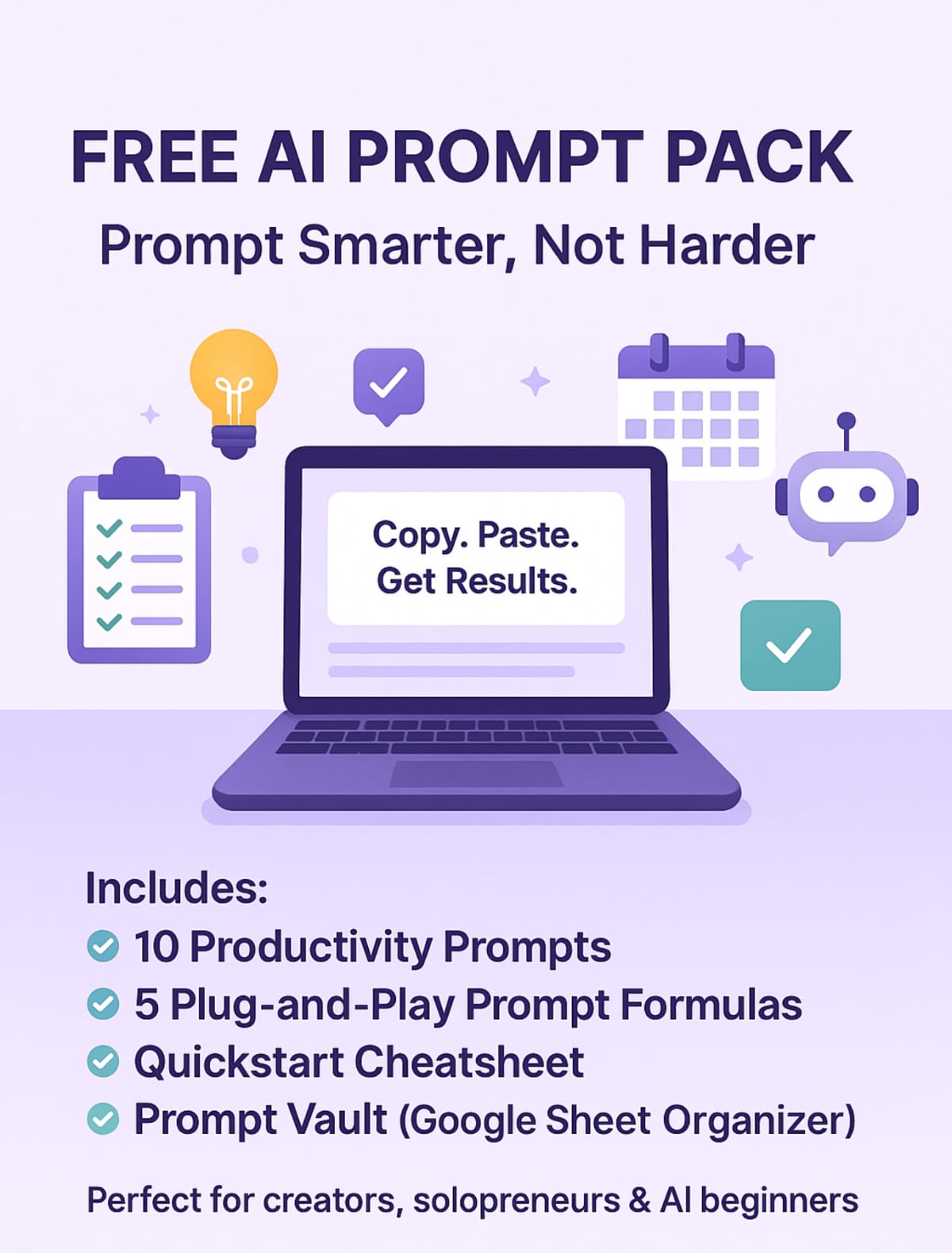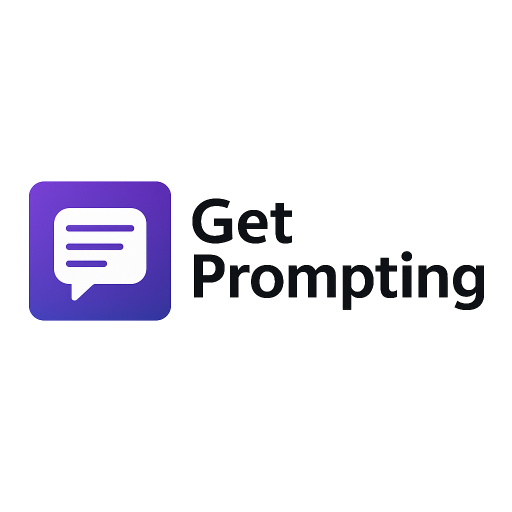Top 5 ChatGPT Prompting Mistakes
and How to Avoid Them
If you’ve ever stared at a blinking cursor wondering why your AI response sucks — yeah, I’ve been there too.
When I first started using tools like ChatGPT, I made all the classic prompting mistakes. I thought I was asking clear questions — but in reality, I was just giving vague instructions and expecting mind-reading level results. Turns out, clarity isn’t optional if you want decent output.
So in the spirit of speeding up your learning curve, here are 5 ChatGPT prompting mistakes I made early on (and how to fix them). These tips will save you time, reduce frustration, and help you write better prompts starting today.
Before we jump into the list, here’s a quick video that breaks down some of the biggest prompting mistakes people make when using AI tools like ChatGPT. It’s a great overview if you’re brand new — or even if you just want a quick visual refresher.
Vague Prompts = Vague Output
The Mistake:
I once asked it to “Give me some productivity ideas.” It gave me a list of “wake up early, drink water, avoid distractions” — aka every blog post written since 2006. I realized later that the problem wasn’t the model — it was the lack of context. The better I got at specifying audience, format, and tone, the sharper the responses became.
The Fix: Be specific about the topic, audience, and format.
“Give me 10 blog post ideas for productivity tools aimed at freelance writers, each with a suggested title and summary.”
✅ The more context you give, the more useful the result.
2. No Role = No Direction
The Mistake:
I used to skip this step completely. I’d just throw in a task and hope the AI would “get it.” Once I started giving it a role — like “Act as an SEO consultant” or “Act as a copy editor who writes for Gen Z” — the difference was immediate. The tone shifted, and the answers actually sounded like someone who knew what they were doing.
The Fix: Use the classic “Act as…” pattern.
“Act as an AI writing coach. Help me rewrite the following paragraph to be more persuasive.”
Roles help set tone, domain knowledge, and goal in a single line.
Try running a few of these prompt variations yourself in ChatGPT to see how output changes with better structure.
3. Skipping Format Instructions
The Mistake:
Early on, I’d ask ChatGPT for things like “tips for writing better.” And it would respond with a solid answer… wrapped in a 600-word essay. No bullets. No structure. Just a block of text that looked like it belonged in a college paper. This was both super helpful and super unusable. I don’t know about you but I for one am not going to read a book every time I type a prompt into an AI tool.
The Fix: Tell it how you want the answer delivered.
“List in bullet points.”
“Respond using a Notion table.”
“Format it like a short newsletter.”
This one change can take a decent response and make it copy-paste ready.
4. Not Using Follow-Ups
The Mistake:
Accepting the first answer as final. I did this all the time early on before discovering the abilities of iterative prompting. Follow-ups are where the magic happens.
The Fix: Use follow-up prompts to refine or expand.
“Make it shorter.” “Turn this into a tweet thread.” “Add real-world examples.”
Prompting is a conversation, not a one-shot task.
These small additions turn a one-and-done prompt into a full workflow. The goal isn’t just one answer it’s using prompting to iterate toward clarity, precision, or a new format.
5. Treating AI Like Google
The Mistake:
Using prompts like search terms. I did this all the time early on — short, vague prompts like “Email subject line ideas” or “productivity tips.” The moment I started writing prompts like I’d talk to a teammate? The answers got way more useful.
The Fix: Treat it like a collaborator, not a search bar.
Instead of: “Morning routine ideas”
Try: “Help me design a low-energy morning routine that takes 20 minutes or less. Give me 3 options with pros and cons.”
The difference in output quality is night and day.
Want a smarter way to avoid all this? Here’s how I built a Custom GPT to do it for me
Final Thought: With ChatGPT Prompting Mistakes
You’re Not the Problem, Your Prompt Is
Prompting is a skill, not a magic trick. Most people never take the time to learn how to prompt properly, then blame the tool when they get generic or confusing results. The truth is, even the best AI models will struggle if your instructions are vague, inconsistent, or incomplete.
If you’ve made these prompting mistakes (or still do), don’t stress — you’re in good company. The key is recognizing what went wrong and refining your approach. That’s how you move from frustrated experiments to reliable, repeatable results.
You don’t need perfect prompts — you need reusable ones. Prompts you can tweak, improve, and build on for different tasks, tools, or use cases. Whether you’re generating blog posts, writing marketing copy, creating custom GPTs, or just brainstorming ideas, strong prompts are your foundation.
Start small. Make edits. Test what works. The more you treat prompting like a process instead of a guessing game, the more power you’ll unlock from your AI tools.
And if you’re stuck or unsure what to try next? Grab the free Prompt Pack on the homepage — it’s full of customizable prompt templates, strategies, and follow-ups to help you get sharper results faster.

—
Michael
Creator of GetPrompting.com

